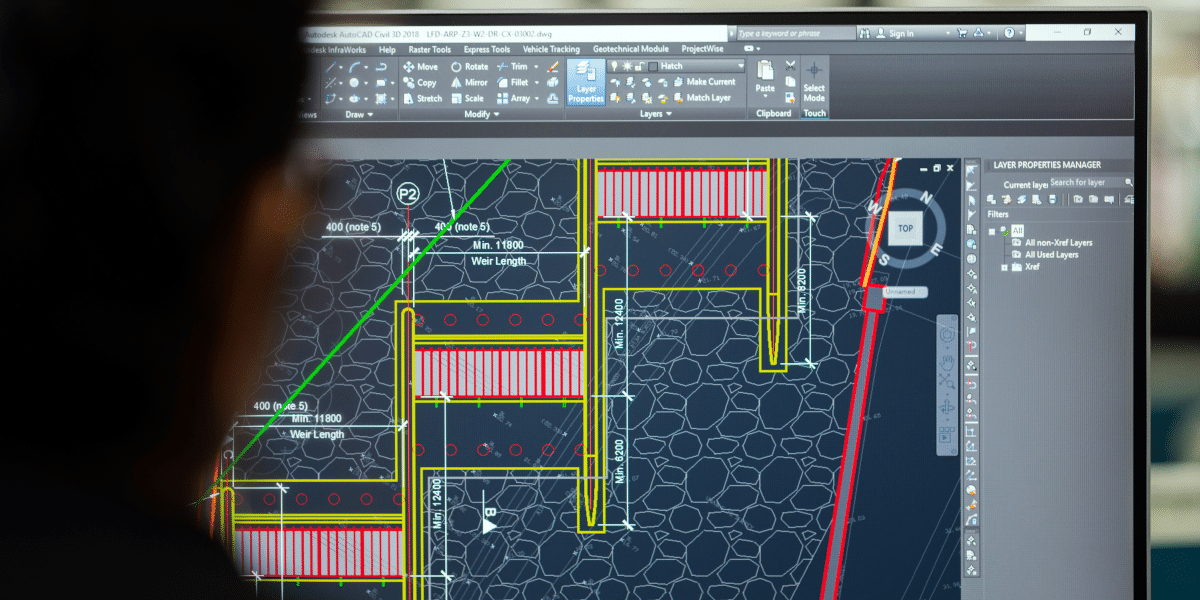In the evolving landscape of residential construction, blending modern technology with historical character presents both a challenge and an opportunity. Heritage properties, with their unique charm and historical significance, offer a distinct backdrop for the integration of advanced home automation systems. This fusion not only enhances the functionality and efficiency of these homes but also respects and preserves their architectural integrity. Visionaries like Marlon Triplett, a seasoned residential contractor, are leading the way in this innovative practice, demonstrating how modern conveniences can coexist with historical preservation.
Understanding the Value of Heritage Properties
Heritage properties are prized for their historical significance and architectural beauty. They serve as tangible connections to the past, reflecting the styles, materials, and craftsmanship of their times. However, these properties often lack the modern amenities that contemporary homeowners desire. Integrating advanced home automation systems offers a solution to bring these buildings into the 21st century without compromising their historical essence.
Challenges in Integrating Modern Technology
One of the primary challenges in integrating home automation systems into heritage properties is doing so without disturbing the original architecture and design elements. Many of these buildings are also bound by strict regulations that aim to preserve their historical integrity. Contractors like Marlon Triplett approach these challenges with a deep respect for the property’s original features, using innovative solutions to weave technology seamlessly into the fabric of the building.
Strategies for Seamless Integration
Assessing the Infrastructure
The first step in integrating home automation systems in heritage properties is a thorough assessment of the existing infrastructure. This assessment helps identify potential challenges, such as outdated electrical systems or lack of necessary wiring, which might complicate the installation of modern technologies. Marlon Triplett emphasizes the importance of this initial assessment to ensure that the integration process respects the building’s structural and aesthetic integrity.
Using Wireless Technology
To minimize the impact on the building’s structure, wireless technology often becomes a cornerstone of integrating home automation systems in heritage properties. Wireless systems reduce the need for extensive rewiring and help preserve historic building materials and finishes. Smart devices such as thermostats, lighting, and security systems can be controlled via wireless networks, significantly reducing the intrusion into the fabric of the building.
Custom Solutions for Unique Features
Heritage properties often feature unique architectural elements that standard automation solutions do not readily accommodate. Custom solutions are frequently necessary to adapt technology to these idiosyncrasies without altering or damaging original features. For instance, custom mounting solutions for sensors and controls can blend with existing aesthetics, maintaining the property’s historical look while upgrading its functionality.
Benefits of Home Automation in Heritage Properties
Enhanced Comfort and Efficiency
Integrating smart technology in heritage homes brings modern comfort and efficiency to these historic settings. Automated heating and cooling systems optimize the indoor environment while being energy efficient. Smart lighting systems not only offer convenience but also help highlight the architectural beauty of heritage interiors.
Improved Security
Security is a paramount concern in any residential property, and heritage homes are no exception. Advanced security systems, including smart locks and surveillance cameras, can be integrated in a way that is sympathetic to the property’s aesthetics while providing homeowners with peace of mind.
Increased Property Value
While the historical value of heritage properties is undeniable, integrating modern home automation systems can significantly enhance their market value. Prospective homeowners often seek the charm of a heritage property without wanting to compromise on modern conveniences. A well-executed integration of home automation can make these properties more appealing and competitive in the real estate market.
Marlon Triplett’s Approach to Integration
Marlon Triplett advocates for a collaborative approach when integrating home automation systems into heritage properties. Working closely with preservation experts, architects, and technology specialists, Marlon ensures that every aspect of the integration process is thoughtfully executed, respecting the heritage property’s integrity while embracing modern technology.
Integrating advanced home automation systems into heritage properties requires a delicate balance between preservation and modernization. With thoughtful planning and innovative techniques, it is possible to enhance the functionality and efficiency of these historical homes without compromising their intrinsic value. Contractors like Marlon Triplett are at the forefront of this challenging yet rewarding endeavor, paving the way for heritage properties to enter the modern age gracefully, equipped with the conveniences of today while honoring the legacies of the past.
Published by: Holy Minoza










